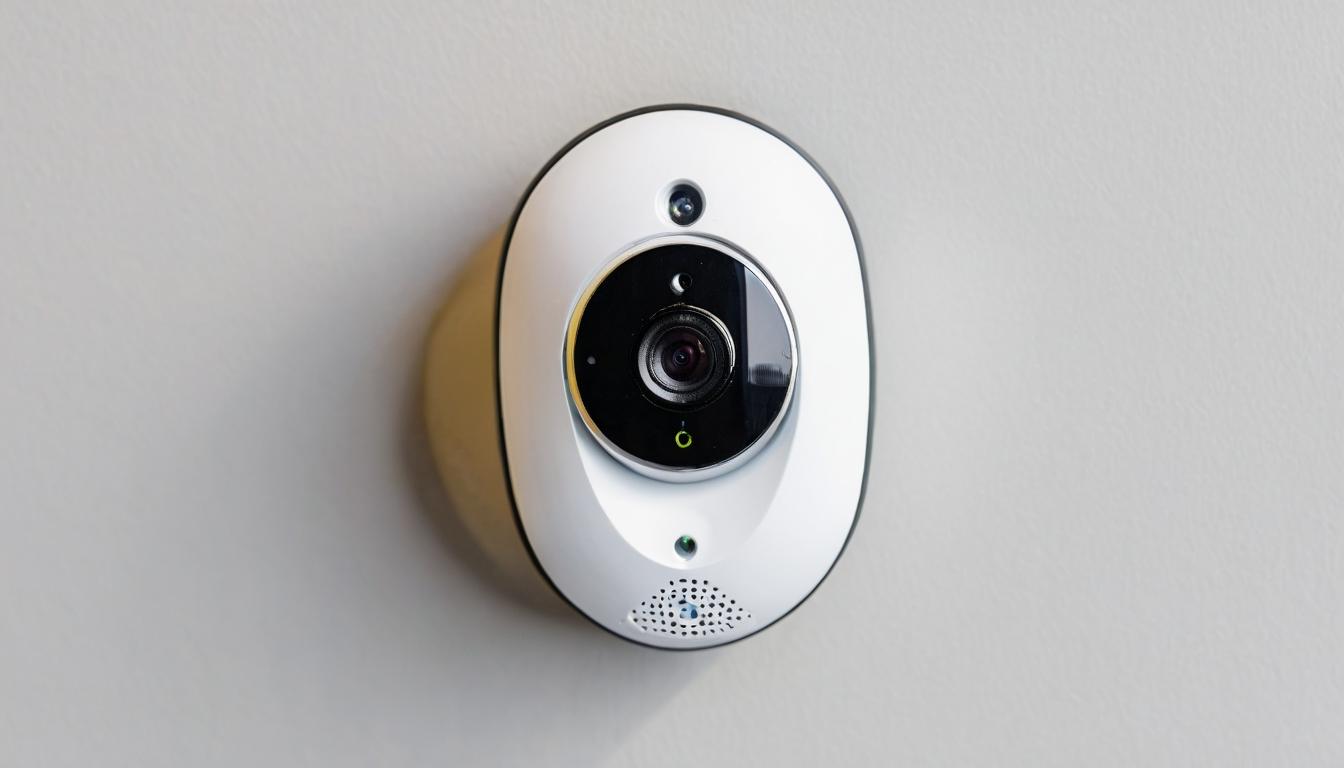You've installed the smart doorbell, connected the security cameras, and programmed your smart locks. Your home is a fortress of modern technology—or so you think. What if I told you that the very devices meant to protect you might be creating vulnerabilities you never considered?
Walking through suburban neighborhoods today feels like touring a digital arms race. Ring cameras peer from every porch, Nest thermostats regulate indoor climates, and smart speakers stand ready to answer any query. We've embraced this connected lifestyle with the enthusiasm of converts, trusting that these shiny gadgets will keep our families safe. But security experts are sounding alarms about risks that go far beyond what most homeowners imagine.
Let's start with the obvious: data privacy. That camera watching your front door? It's also collecting information about everyone who passes by—your mail carrier, your neighbors, the kids walking home from school. Security companies amass this data, creating digital footprints of our daily lives that could be vulnerable to breaches or misuse. The terms of service you clicked through without reading might grant companies surprising rights to your footage.
Then there's the hacking risk. Remember when researchers demonstrated they could take control of a smart thermostat from miles away? Or when baby monitors were hijacked to scream obscenities at sleeping infants? These aren't theoretical threats—they've happened. Many IoT devices lack basic security protocols, making them easy targets for anyone with moderate technical skills.
Physical security suffers too in our rush to digitize everything. Smart locks can be jammed with simple radio frequency devices. Camera systems reliant on Wi-Fi become useless during internet outages. Battery-powered devices fail when homeowners forget to charge them. We're replacing reliable mechanical systems with technology that introduces new points of failure.
The psychological impact might be the most insidious danger. Constant monitoring creates a fortress mentality, making us suspicious of our communities. Studies show that while security cameras make people feel safer, they don't necessarily reduce crime—they just displace it to less-protected areas. We're building digital moats around our castles while the kingdom burns.
Manufacturers aren't helping matters. Planned obsolescence means your $300 security system might stop receiving critical security updates in three years. Proprietary systems lock you into expensive monitoring contracts. And the constant push for new features often comes at the expense of robust security testing.
So what's the solution? First, recognize that no single device can make you secure. Layered protection—combining technology with physical barriers, neighborhood watch programs, and common sense—works better than any gadget. Choose devices from companies with transparent privacy policies and strong security track records. Regularly update firmware and change default passwords.
Most importantly, maintain perspective. Security should enhance your life, not control it. The goal isn't to eliminate all risk—that's impossible—but to manage reasonable risks without sacrificing the openness and community connections that make a house a home.
The smart home security industry wants you to believe their products are essential. The truth is more complicated. These tools can be valuable when used thoughtfully, but they're no substitute for the fundamental security practices that have protected families for generations: knowing your neighbors, maintaining your property, and staying aware of your surroundings.
As we navigate this new landscape of connected security, we need to ask harder questions. Not just "which camera has the best resolution?" but "what data is it collecting and who has access?" Not "how many devices can I connect?" but "what happens when they fail?" The answers might lead us to simpler, more reliable approaches to safety.
In the end, the smartest home security system isn't the one with the most features—it's the one that actually makes you secure without turning your life into a surveillance operation. That balance is harder to find than you might think, but it's worth the search.
The hidden security gaps in your smart home that manufacturers don't want you to know




